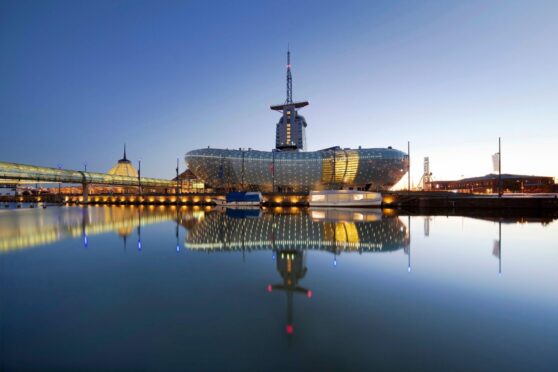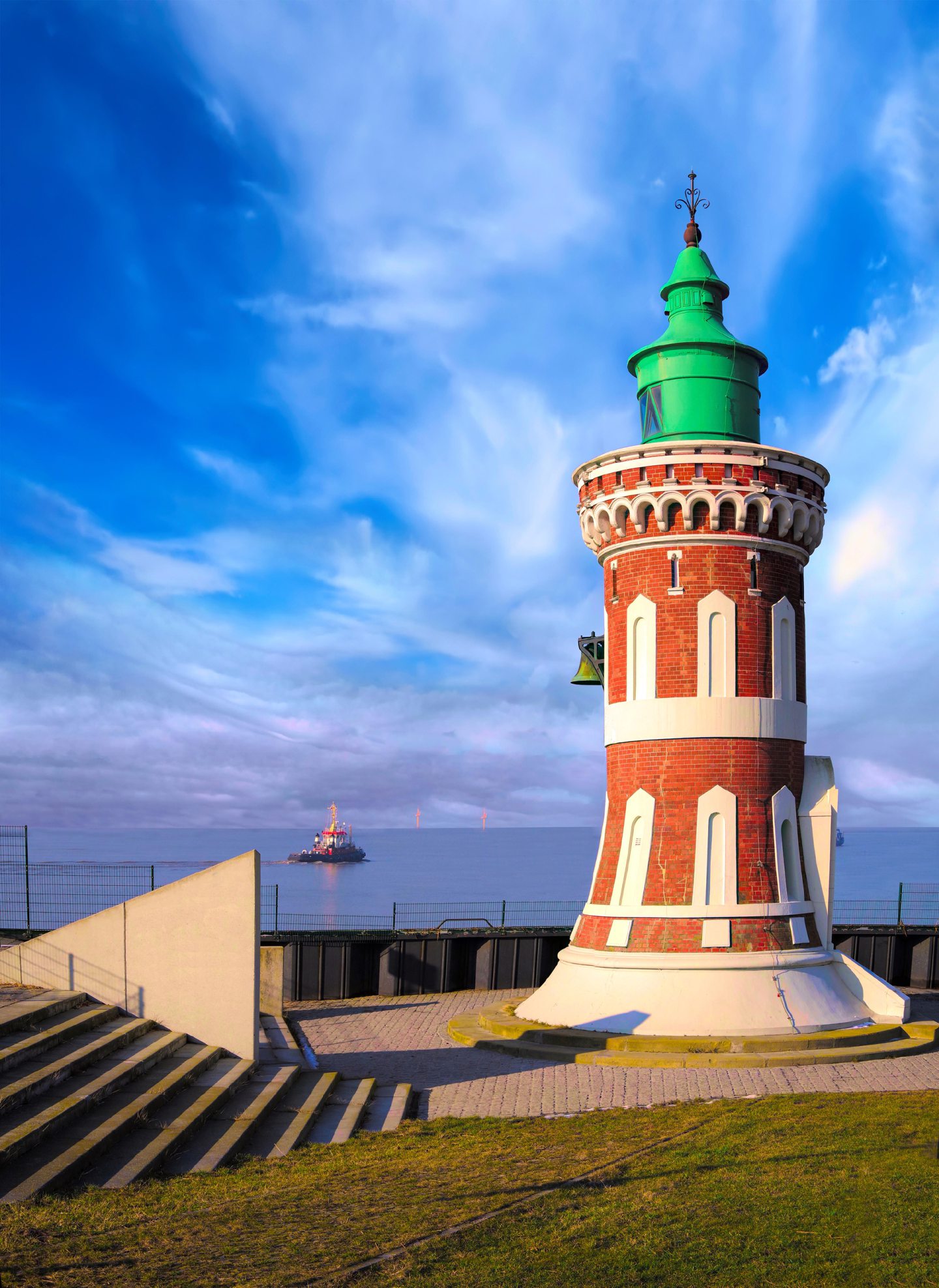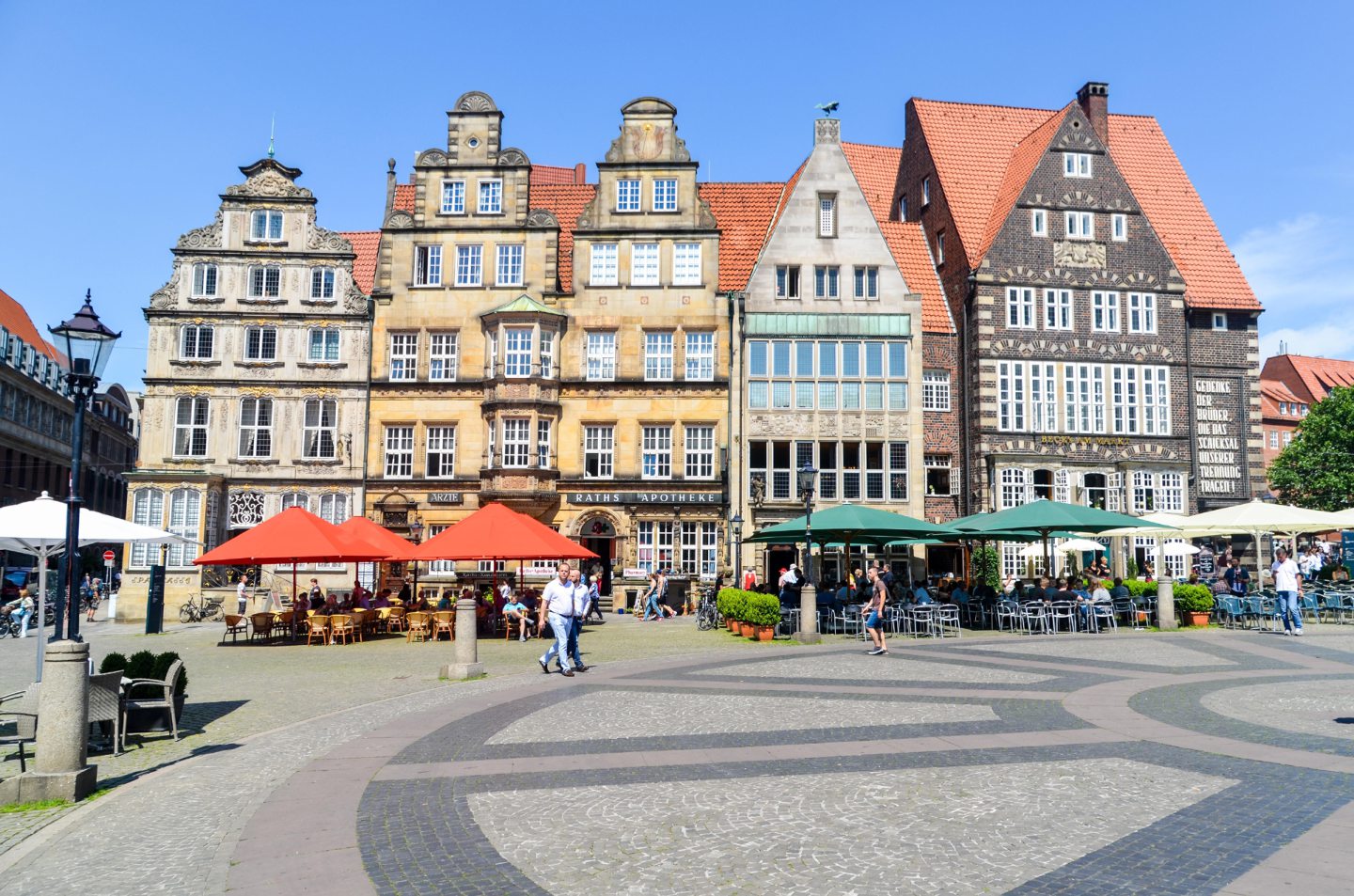
Climate change is one of the big topics of concern for leaders worldwide, but Germany is among the few countries making strides to ensure sustainability is par for the course.
Hamburg, Bremen and Bremerhaven are all on the path to becoming sustainable cities, with cycle paths in abundance and public transport links that are some of the best in the world.
My trip begins with a two-hour carpool ride in an electric Mercedes-Benz EQV from Hamburg airport to Bremerhaven, a small, fun-filled sustainable city, on Germany’s North Sea coast. Bremerhaven is home to the Atlantic Hotel Sail City, a ‘green hotel’ that prides itself on lowering its carbon footprint.
The 120-room hotel has a cluster of beehives on its roof, home to 240,000 bees, and honey collected is used in the hotel.
Next door is the Klimahaus Bremerhaven 8° Ost (climate house), an interactive museum that brings visitors on a journey through the world along the eighth longitude, experiencing each country’s climate zones up close, from freezing Antarctica to humid Cameroon.
The Klimahaus also has a huge variety of animals native to each climate, from snakes and insects to electric eels.
After a short transfer by tram to Bremen, we visit a Gemüsewerft, an urban gardening project and beer garden located on an old truck parking lot surrounded by building projects.
The uniqueness of this social non-profit company is its staff. The garden employs people with mental illnesses as well as mental and emotional disabilities to work alongside their own staff base, and gives them key customer facing roles within the business. They supply local restaurants with fresh produce.
Bremen has more cycle paths than most other German towns, and the city borders are made up of green parks with a variety of cycle paths, rather than a physical wall.
A 40-minute train ride brings us to Hamburg, one of the top 10 world’s greenest cities, according to their official tourism website, and winner of a Green City Of The Year design award 2021.
The city of 1.8 million people is jam-packed with things to do, from guided historical walking tours, to hanging out in the bars and restaurants on almost every corner.
What makes Hamburg unique is its “city coast” – the River Elba runs through it and there are even some mini sandy beaches dotted around.
Within Hamburg is the HafenCity, the largest urban development project in Europe, located in the former harbour district.
We spend our final two nights in Hamburg at the Raphael Hotel Wälderhaus, another sustainability-focused enterprise. Made entirely of solid wood, The Wälderhaus building contains both the Raphael Hotel Wälderhaus and the Science Centre Wald, a small museum dedicated to the topic of wood and climate change.
The museum is accessible via the hotel lobby and has various interactive aspects that allow people to explore the ecological system whilst learning about climate.
The only drawback of the Science Centre Wald is that all written commentary is entirely in German. However, there are many staff members around that will happily translate and offer a full guided tour.
In the centre of Hamburg, there are options for a sustainable boat tour on the Alster lake, including a one-hour tour on the Solarschiff Alstersonne, a fully solar-powered ship in use since 2000.
The boat tour takes you across the river through Hamburg, accompanied with a narration detailing the history of the city and its buildings.
Hamburg is famous for its red light district, the Reeperbahn, but nestled within the “sinful mile” is a small sustainable streetwear shop Bidges and Sons, with a vegan restaurant and rooftop decking.
It was founded in 2013 by brothers, Markus and Andy. All products are made exclusively under fair conditions and no materials contain animal ingredients.
Germany is one of the leading European countries for sustainability, and in Bremen, Bremerhaven and Hamburg, you can be sure of a fun, busy and green trip.
P.S.
A huge attraction in HafenCity is the Elbe Philharmonic Hall, known to locals as the Elphi, a magnificent concert venue which opened in 2017 and is expertly designed so that the sound resonates exactly the same, regardless of where you are sitting.
Factfile:
For more information on travelling to Germany, visit germany.travel

Enjoy the convenience of having The Sunday Post delivered as a digital ePaper straight to your smartphone, tablet or computer.
Subscribe for only £5.49 a month and enjoy all the benefits of the printed paper as a digital replica.
Subscribe © Press Association Images
© Press Association Images © Press Association Images
© Press Association Images